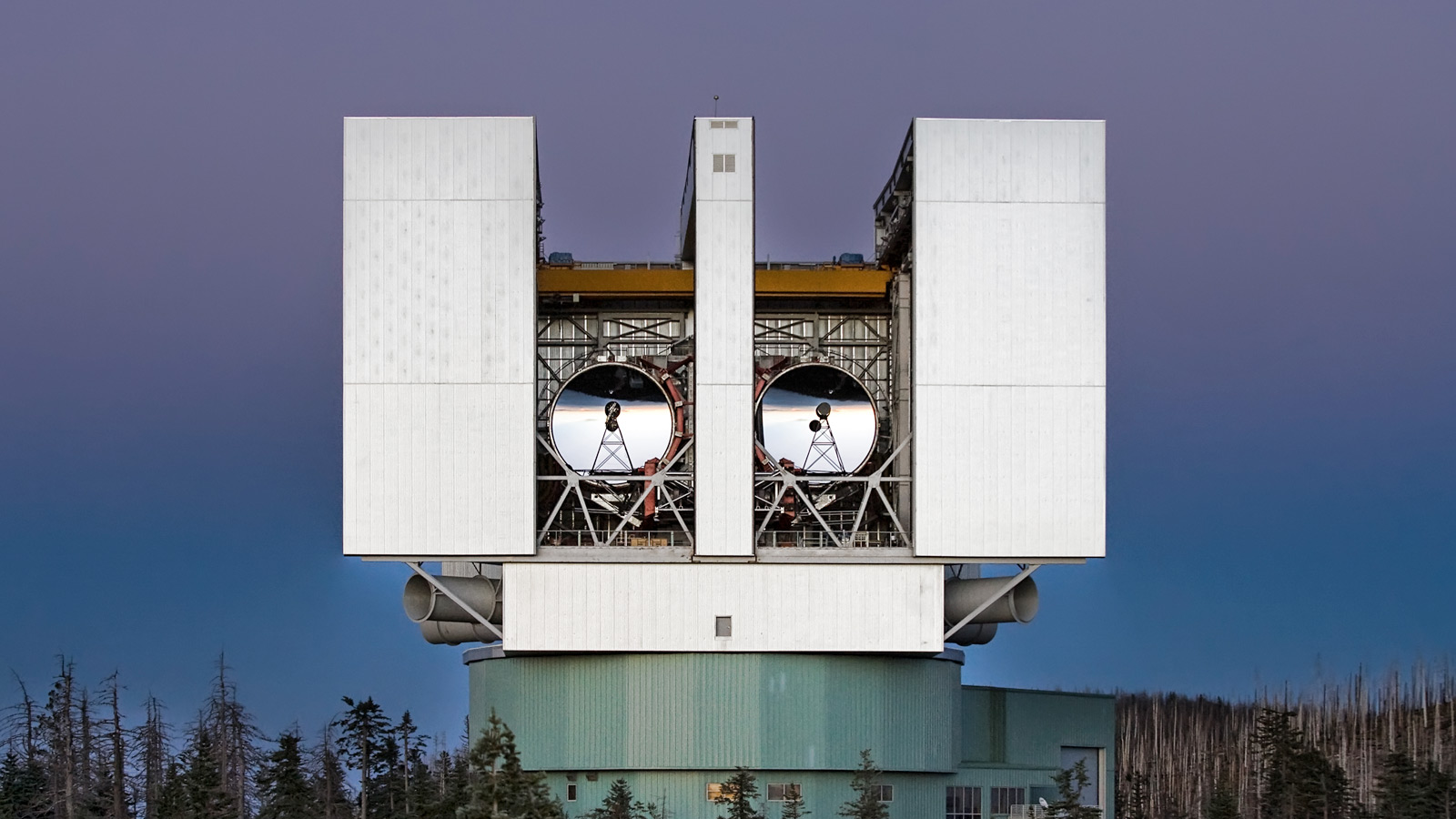Ultra-hot Jupiter atmospheres
I am currently working with Professor Ji Wang on observationally constraining atmospheric dynamics on ultra-hot Jupiters (\(T_{eq} \gtrsim 2200\) K) . Due to their close proximity to their host stars (\(P \lesssim 3\) days), these planets experience very intense stellar irradiation which drives global winds on observable scales. We probe these wind velocities using transmission spectroscopy. As a transiting planet passes in front of its host star along our line-of-sight, starlight passes through the planet's atmosphere and is absorbed at certain wavelengths that correspond to different species, e.g. atomic and ionized metal species in the optical, present in these extreme atmospheres. The Doppler signature of the planet's atmospheric absorption signature reveals the overall orbital motion of the planet as well as an additional effect from atmospheric winds, such as day-to-nightside winds, equatorial jets, or even escaping material. Atmospheric dynamics plays a critical role in determing the energy budget, compositional/thermal gradient, and evolution of these highly irradiated planets. Planets I've studies so far include KELT-9 b (see left), KELT-20 b, and WASP-12 b.
Paper 1 Paper 2


